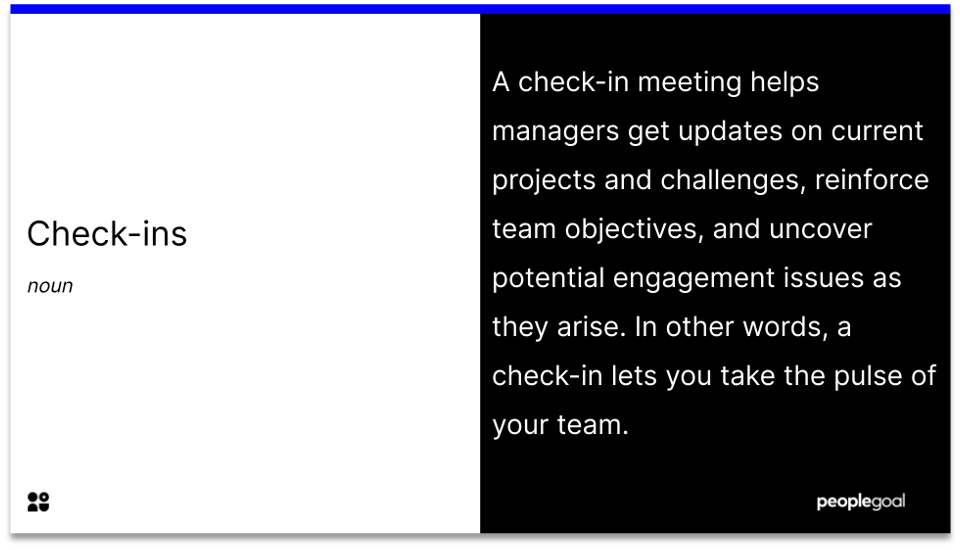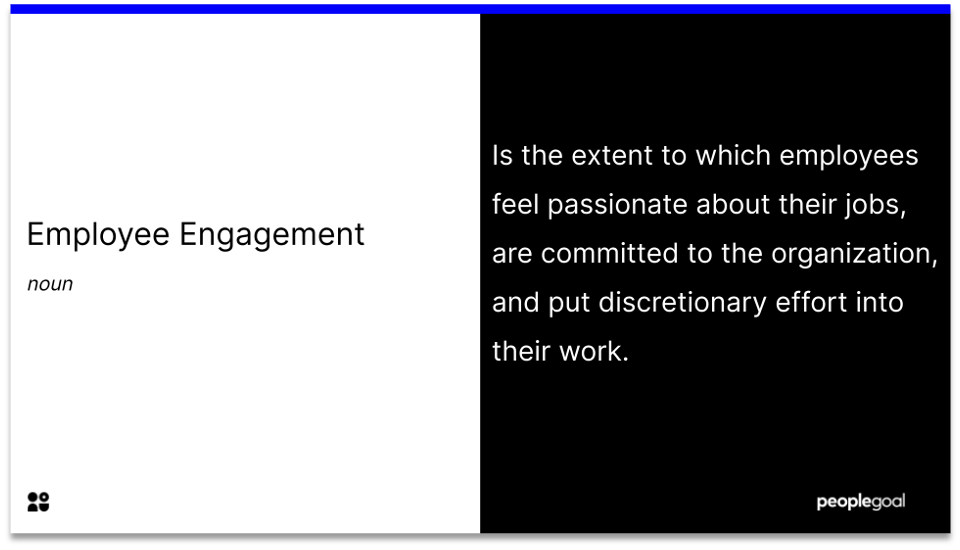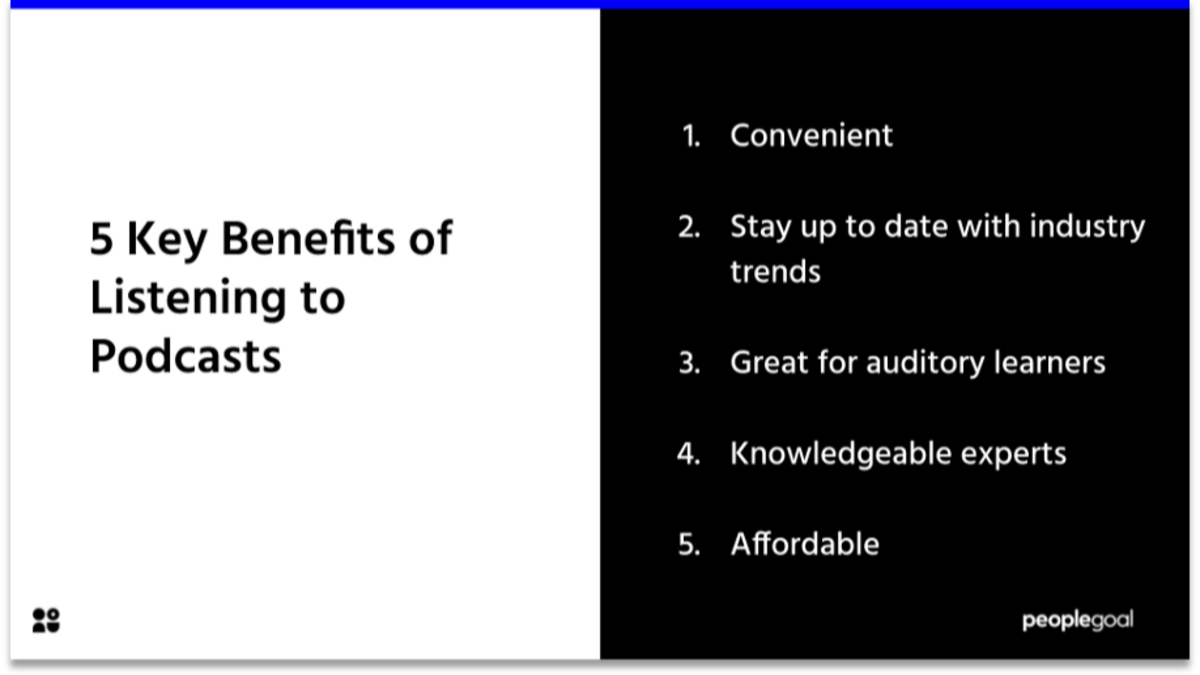What is employee turnover?
Employee turnover is defined as the number or percentage of employees who leave a company and are replaced by new employees over a period of time.
Employee turnover equation:
The employee turnover rate is calculated by dividing the number of employees who left the company by the average number of employees in a certain period in time. This number is then multiplied by 100 to get a percentage.

The different types of employee turnover:
Voluntary: wwhen an employee chooses to end their employment, such as a resignation.
Involuntary: when an employer chooses to terminate the employment relationship, and the employee did not make the decision to leave. This could be a firing of a poor performer.
What is a good employee turnover rate?
Typically, employee turnover is viewed as negative due to the costs surrounding it. However, this isn’t always the case as you could be shedding poor performers. Nonetheless, i’ts not ideal to lose your top performers. This is why it’s difficult to determine what a healthy turnover rate is as it’s dependent on the individuals you are losing, and is thus very subjective. According to LinkedIn, the average annual worldwide employee turnover rate is 10.9%.
Why is reducing your employee turnover important?
Keeping your top performers happy and in the fold has multiple benefits for your organisation such as:
A reduction in costs
Replacing an accomplished worker is expensive. Re-hiring a new employee costs you, as you may have to pay for a recruiter or lose work time to talk with new candidates and train a fresh recruit. The loss of an experienced employee additionally implies a specific loss of information about how your organisation functions, and any new joiner will unavoidably commit a greater number of errors and cost you more than just the outgoing employee.
Consistent production:
When an employee leaves,there can be a disruption to production. Other employees may need to stretch their workload to cover the absent employee, or to find a replacement. When you do come round to hiring a new employee, there may be weeks or months of training before he will be up to the standards of his predecessor.
Boosted morale
When an employee leaves, not only will they be missed socially, but also there work may need to be covered by other workers. This can cause extra strain for the workforce which can have a negative impact on worker worker productivity. Therefore, reducing your employee turnover can avoid negative emotions. Measure these emotions using an engagement survey.
How can I reduce my employee turnover?
- Get Feedback: Make sure you consistently receive feedback from employees, find out what changes they want to see, and how you can help them with their work. You could do this by creating a suggestion box or a committee on the staff’s behalf that meets with management regularly, and push for them to utilise your human resources department for wellbeing needs.
- Utilise 1:1s: Schedule regular 1:1s with your staff so that you can listen to their concerns and discuss their performance. This will also keep your staff engaged, and less likely to look for another job if you are showing how you value them.
- Thank your staff: Create a reward scheme for your staff so that they feel valued. This could be as simple as using recognition software, or alternatively you could go old school and have an employee of the month system.
- Provide flexible working hours: Where feasible, offer your workers flexible hours so that they can adjust their work life around their personal life. This of course can also take the form of remote work.
- Give them a social platform: Organise social events for you team such as Friday drinks, a book club, cycling club, or a lunch club for instance.
- Offer competitive salaries: Find out how much your competitors are paying, and make sure you offer more, whether it be through the salary or benefits!
- Work on engagement: This one sounds self-evident, yet for such a large number of leaders enthusiasm for engagement is restricted to the engagement surveys. It’s insufficient to only run a engagement survey once per year. You need spare a large portion of your energy to make a move dependent on the outcomes and you have to work to manufacture a culture of engagement in your organisation throughout the entire year.
- Focus on employee happiness: Happiness may sound somewhat delicate and soft to numerous executives, yet the numbers behind it are definitely not. Employee happiness is a key pointer of job satisfaction. Putting resources into the satisfaction of your workers will deliver profits in commitment, profitability and indeed, maintenance.
- Offer development opportunities: Employees greatly value opportunities to grow personally and professionally. So much so that, according to a recent cornerstone survey, a lack of opportunities to develop directly correlated with high turnover rates. If you’re not investing in your workers, why would they find it a good idea to remain with you?
- Don’t be afraid to fire people: This may seem counterintuitive, however at times you may come across an employee who just does not fit – whether that be culturally or in their work ethic. This can do more damage than good as it can decrease the motivation of the rest of your team, and negatively influence your work environment, therefore it may be best to replace them if feasible.
Employee turnover is a tricky business. The rates of retention and replacement that create a dynamic, thriving organisation are different for every industry, so following our steps to reduce turnover is a great initiative to get you to the right rates for your business.
Ready to 3x Your Teams' Performance?
Use the best performance management software to align goals, track progress, and boost employee engagement.





